How do I protect my plants from the 100+ weather this week??!
Ihave Nonamé
6 years ago
last modified: 6 years ago
Featured Answer
Sort by:Oldest
Comments (29)
Labradors
6 years agodigdirt2
6 years agoRelated Discussions
Help! How do I protect my plants from a wind storm?
Comments (7)well pretty much there isn't anything we can do to protect against what nature throws at us, fruit farmers here net whole orchards but hail puts paid to the netting, all we can realy do is replant afer the damage some will grow back. if it was regular wind only then you could plant some windbreaks to help control it. len Here is a link that might be useful: lens garden page...See Morewhat plants do you protect from winter weather?
Comments (1)If a plant is fully hardy for your climate zone, there is usually no need to provide any protection in winter. The exception is those plants that have already developed flower buds that can be damaged by prolonged cold temperatures, like some kinds of hydrangeas. Some perennials do not survive winter in colder zones (and many milder ones as well) because they will not tolerate wet soils or the combination of cold AND wet, as is often the case in winter. Providing exceptional drainage for these types of plants - salvias, agastache, echinaceas, etc. - will help. And some perennials are prone to winter damage from heaving or exposure of the roots during freeze/thaw cycles. Mulching well to insulate the soil will help. Making sure plants go into winter well-hydrated will help also - some are subject to drying out in cold winds and a moist soil (NOT wet) is a better insulator than soil that is dry. Other than that, tender perennials or borderline hardy plants should be protected. Google to find out the specifics for what you have. Otherwise, mulch and winter snow cover is all the winter protection you need....See MoreProtecting tomatoes from cold weather - A few questions
Comments (21)You can save seeds, but it depends how green, usually a 70%+ mature tomato works and less doesn't. Just ripen like you are doing and then cut through the tomato you want to use for seed with a sharp knife. If the seeds get cut rather than slip out of the way, probably not good. But if the seeds are brown and have gel around them, most will be good. I did this with one tomato and got a good plant from the seed, but next time I will put about 4 in each starter plug and take the best of the group, instead of just one which I normally do. You might want to pre-germinate them in a plastic bag on a paper towel and then the instant some good looking ones show germination, transfer the seed to the plug or whatever you use. Lindalana (pre-soak) and especially Daniel (pre-germinate)both do similar methods as they have posted. I personally don't because the first time I experimented with it, I let the roots grow 2-3 days and many of them did worse upon transfer. Just a suggestion. PC...See MoreI finished painting my table.. but how do I protect it?
Comments (6)You should not need to poly your paint in order for it to be "protected". The proper prep job will determine if you have issues with it chipping, and water spots shouldn't occur on fully cured paint. If the prep didn't include TSP, sanding, priming with an alkyd primer, and two top coats, then you will have issues with the finish regardless of if you apply poly. In fact, applying poly could accelerate the issues. Wait a week for the paint to be fully cured, and it should withstand normal wear just fine if you used a quality paint....See Morestevie
6 years agolast modified: 6 years agoMokinu
6 years agolast modified: 6 years agoIhave Nonamé
6 years agolast modified: 6 years agofungus
6 years agodigdirt2
6 years agojenswrens
6 years agodigdirt2
6 years agoPupillaCharites
6 years agolast modified: 6 years agoPupillaCharites
6 years agolast modified: 6 years agodigdirt2
6 years agojenswrens
6 years agoncrealestateguy
6 years agoPupillaCharites
6 years agolast modified: 6 years agonanelle_gw (usda 9/Sunset 14)
6 years agolast modified: 6 years agoMokinu
6 years agolast modified: 6 years agoMokinu
6 years agoPupillaCharites
6 years agolast modified: 6 years agostevie
6 years agolast modified: 6 years agonanelle_gw (usda 9/Sunset 14)
6 years agolast modified: 6 years agoBoris Zakharin
6 years ago
Related Stories
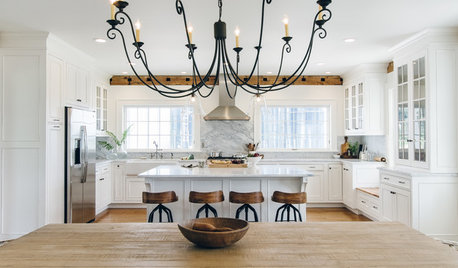
WHITE KITCHENS4 Dreamy White-and-Wood Kitchens to Learn From
White too bright in your kitchen? Introduce wood beams, countertops, furniture and more
Full Story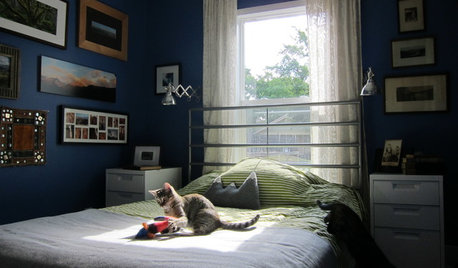
PETSPets of the Week: Noor and Luz Weather the Remodel
Sister cats cling to their human mom and each other while their home undergoes changes
Full Story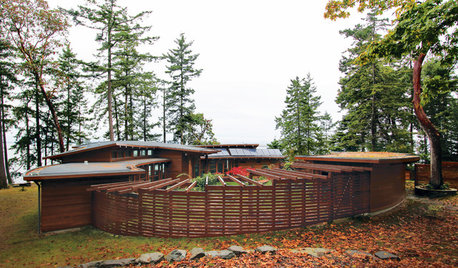
FENCES AND GATESA Deer Fence Can Be Decorative as Well as Protective
You need a monster-size fence to shelter your garden from deer, but it doesn’t have to look like a monstrosity
Full Story
HOUSEKEEPINGProtect Your House From Winter Water Damage
Avoid costly repairs by learning to spot potential problem areas before water damage is done
Full Story
HOME TECHTo Feed and Protect: Care for Your Pet From Afar With New Devices
You might miss the nuzzles, but your dog or cat won't miss food, water or monitoring with these high-tech feeders and cameras
Full Story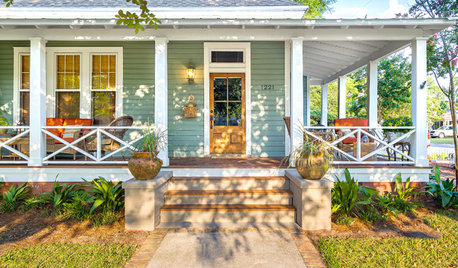
PORCH OF THE WEEKA Wraparound Goes From Unwelcoming to Irresistible
Renovating the porch adds neighborliness and charm to this 1908 Florida home
Full Story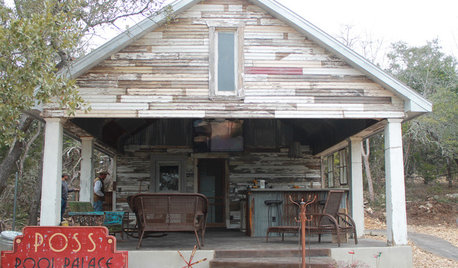
POOL HOUSESNew Pool House Comes by Its Weathered Look Naturally
The Texas Hill Country structure is made from materials salvaged from a dilapidated sharecropper's house and an old barn
Full Story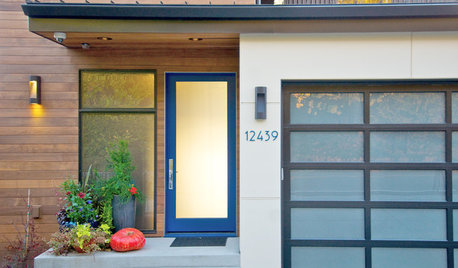
ENTRYWAYSGlass Doors That Welcome — and Protect Your Privacy Too
These front-door designs let in the light but keep your air-guitar performances safely in-house
Full Story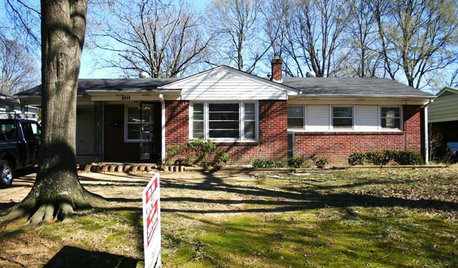
REMODELING GUIDES5 Ways to Protect Yourself When Buying a Fixer-Upper
Hidden hazards can derail your dream of scoring a great deal. Before you plunk down any cash, sit down with this
Full Story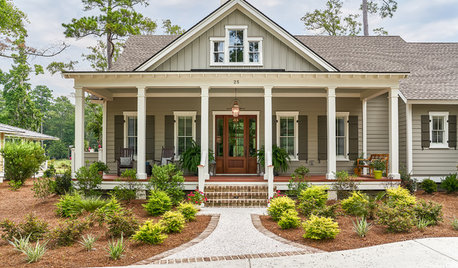
WINTER GARDENINGHow to Save Your Plants From Frost
Protect tender shrubs, perennials, succulents and citrus trees with these simple tricks
Full Story


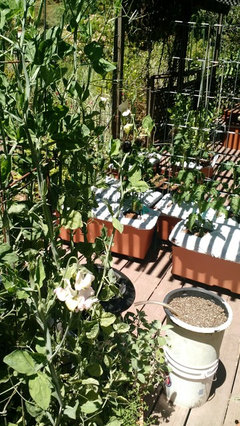
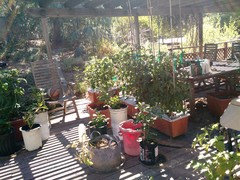

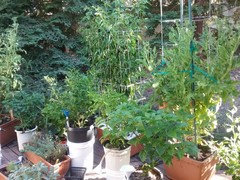
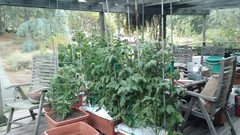
PupillaCharites